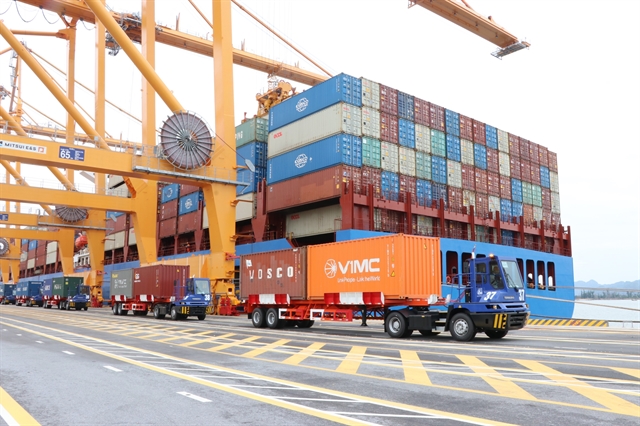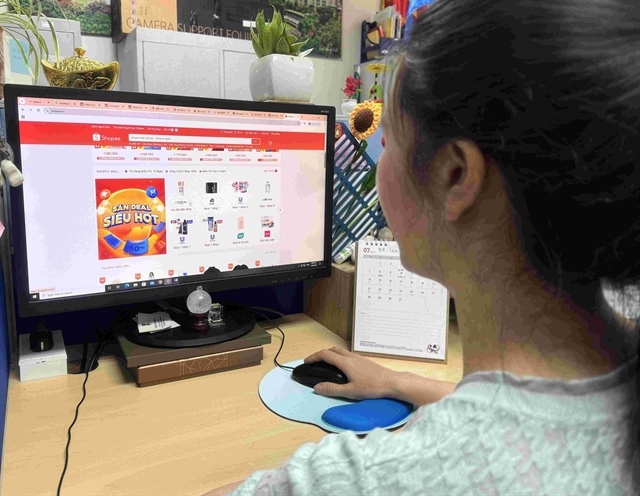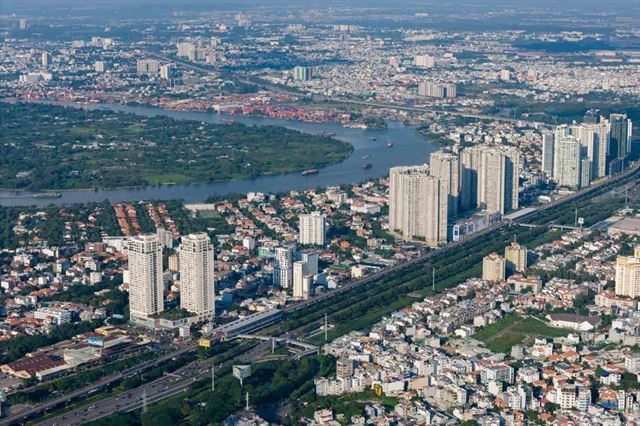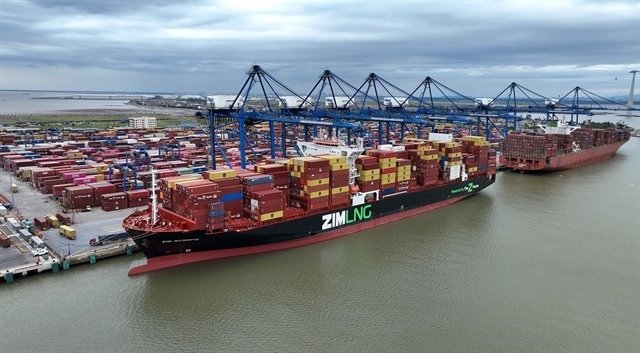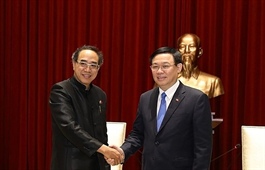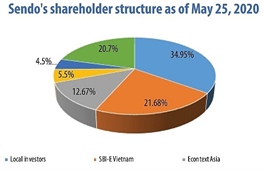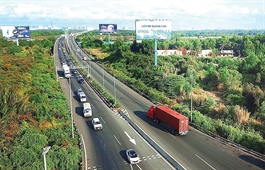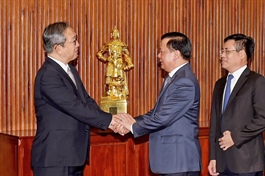How the EVFTA and EVIPA will help Vietnam lure investment
How the EVFTA and EVIPA will help Vietnam lure investment
The approval by the Vietnamese National Assembly of the EU-Vietnam Free Trade Agreement (EVFTA) and the EU-Vietnam Investment Protection Agreement (EVIPA) is a historic achievement. It represents an extraordinary step ahead in the relations between the European Union and Vietnam, and it embodies the most appropriate way to celebrate 30 years of diplomatic relations.
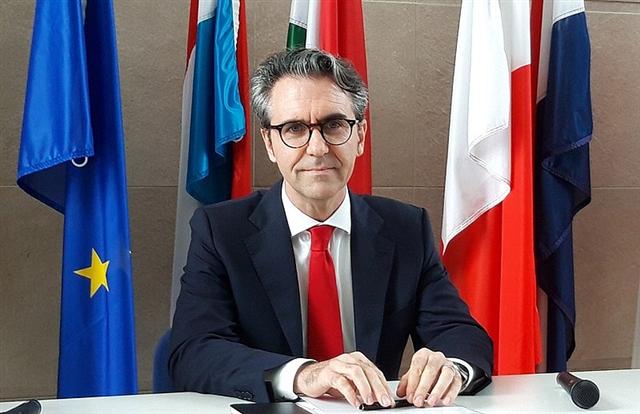
Giorgio Aliberti Ambassador of the European Union Delegation to Vietnam, photo VOV
|
These new foundations provide a good basis for expanded trade and investment opportunities. Vietnam is by far the biggest exporter of goods to the EU in the ASEAN – almost twice as much as the second strongest exporter, Singapore. Unfortunately, the trade is very unbalanced: Vietnam only buys a third of the products from the EU that Singapore buys, leading to big trade deficits. Regarding FDI, the EU is the largest investor in ASEAN countries, ahead of Japan and China. However, the EU is only the fifth-largest FDI partner of Vietnam. Is this an indication that there is room for FDI growth from EU companies to invest in Vietnam and what does this imply for trade?
When entering into force, the EVFTA will bring immediate positive effects for businesses in both Vietnam and Europe. From day one, the cut to tariffs will apply to 65 per cent of the EU exports to Vietnam and 71 per cent of EU imports from Vietnam, with a gradual phasing out over 10 years. The elimination of bilateral tariffs and export taxes, together with the reduction of non-tariff barriers affecting cross-border exchange of goods and services, are expected to boost bilateral trade considerably. The opening of the procurement markets adds important new trading opportunities for the EU.
Vietnam exports to the EU are forecast to grow by €15 billion ($16.5 billion), while EU exports to Vietnam are expected to grow only half as much. These figures fall short, however, in capturing many of the dynamic gains that will result both for the economies and the societies.
For such dynamic gains, FDI is going to be the critical catalyst. But the main question is: How do you get more EU trade to get more EU investment? The answer is to allow and facilitate more EU exports to Vietnam in the first place.
Streamlining regulations applicable to business sectors has a huge potential for triggering these dynamic gains. In many internal studies in the EU, it turned out that the right regulations, based on international standards and practices, will provide benefits to business, and attract international businesses that bring much higher benefits than the obvious gains from the tariff reductions. It is not about deregulating important government policies, but there are many ways to make regulations smarter. Better regulation inside Vietnam will also improve the competiveness of Vietnamese firms operating abroad and expanding to the EU. FDI often follows strong trade relations. In return, more FDI is likely to further increase the trade potential between partners. In its amazing progress to a middle-income country, Vietnam now realises that without further FDI its potential to become a regional hub and become part of global value chains may be limited. With the EVFTA and the EVIPA, today’s disruptions can also serve as an opportunity for re-organising Vietnamese trade and investment relations. Vietnamese companies may want to consider whether they could diversify their supply chains, their production chains and their integration into value chains. If the country diversifies more, it becomes less vulnerable to future global economic crises.
If there is more trade from the EU to Vietnam, it is likely that the EVFTA will trigger a new wave of FDI from the EU into this country. Investments from the EU are of top quality. European FDI comes with high standards of corporate social responsibility for protecting and training workers and employees, as well as for respecting and protecting the environment. These spillover effects are essential for economies like Vietnam to avoid the middle-income trap. It allows Vietnam to promote economic growth, create better jobs at the same time while ensuring sustainable development.
Both agreements offer Vietnam a chance of becoming a regional production hub. Compared with regional peer economies, Vietnam has a first mover advantage of 7-10 golden years of privileged access to the EU’s market.
If you take a closer look into the complementarities of our two economies, greater interdependence is really a win-win situation. These positive effects will of course only materialise if the promises and obligations of the agreements are swiftly put into practice. The benefits of the agreements will depend on the level of transparency and predictability of government behaviour in contact with business. Businesspeople and investors can be shy and have options to move elsewhere. Attracting and retaining more European FDI will require reforms and streamlining of rules and procedures. Digitalisation and access from outside of Vietnam to start and accomplish these procedures could help attract more small- and medium-sized global players.


